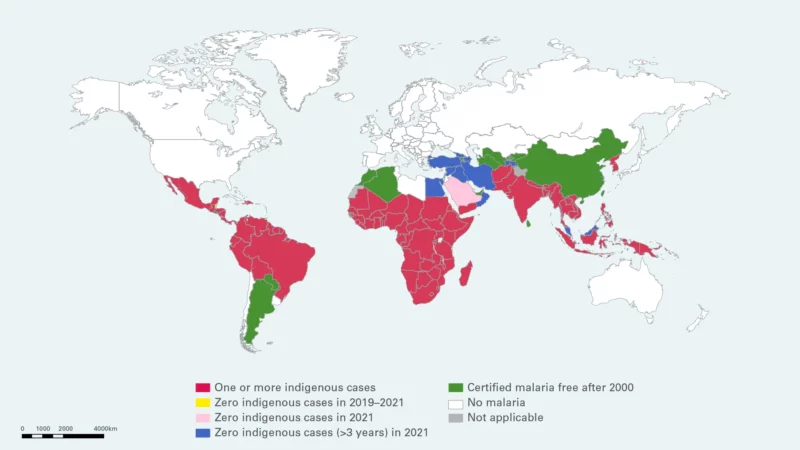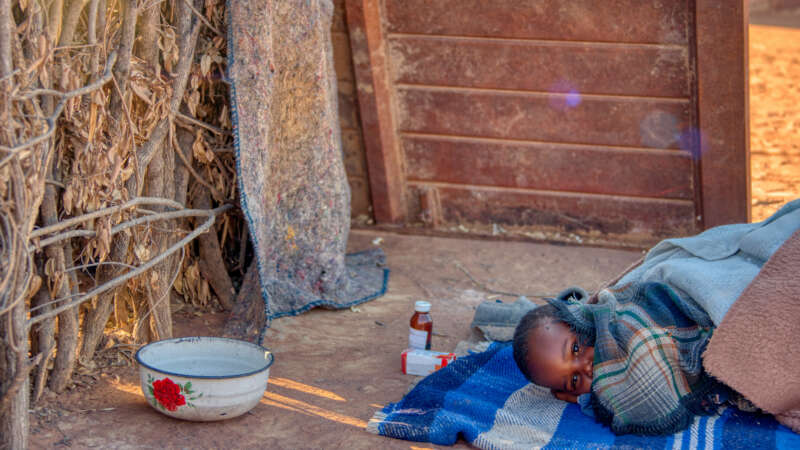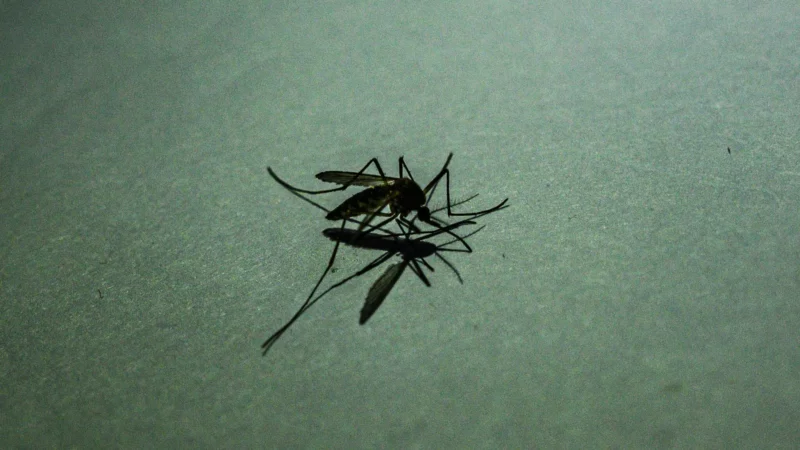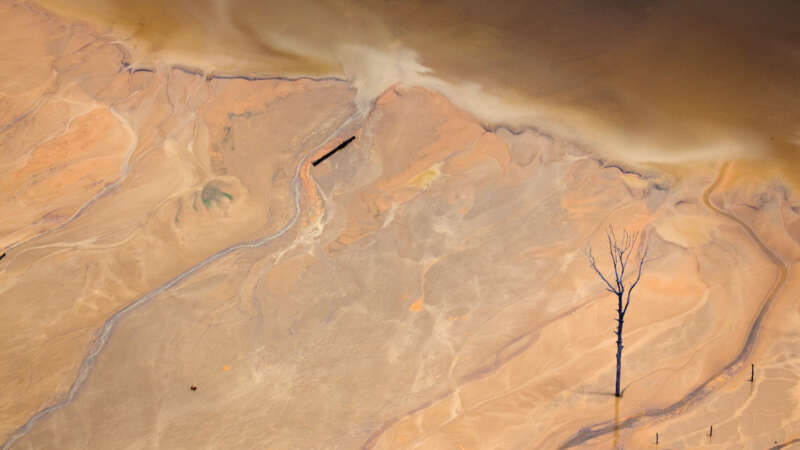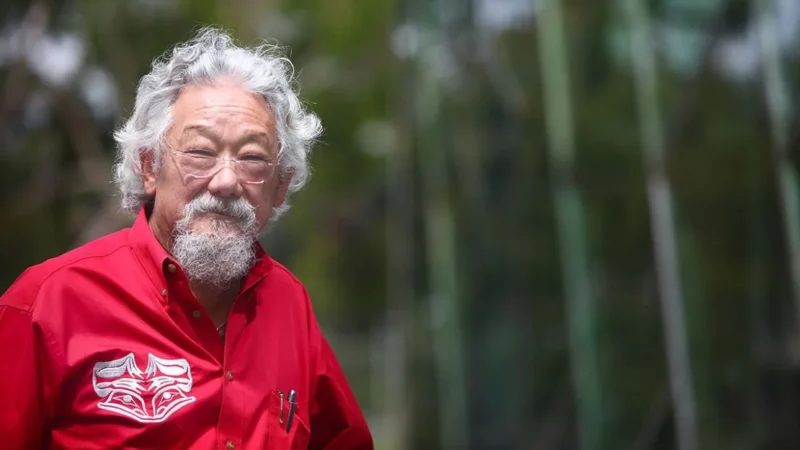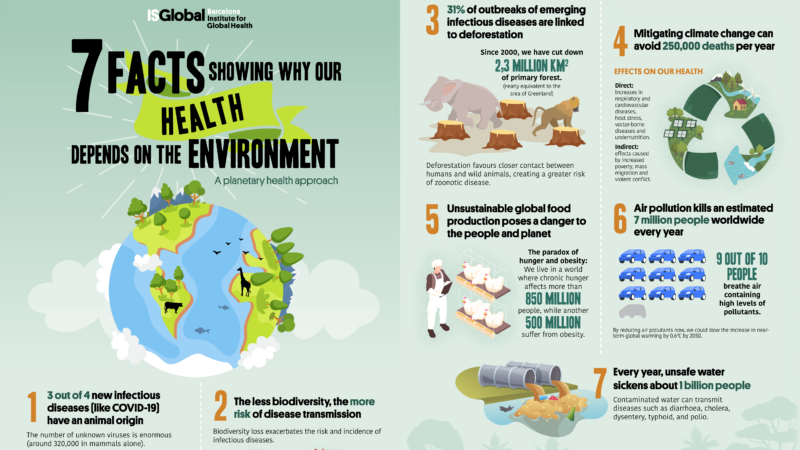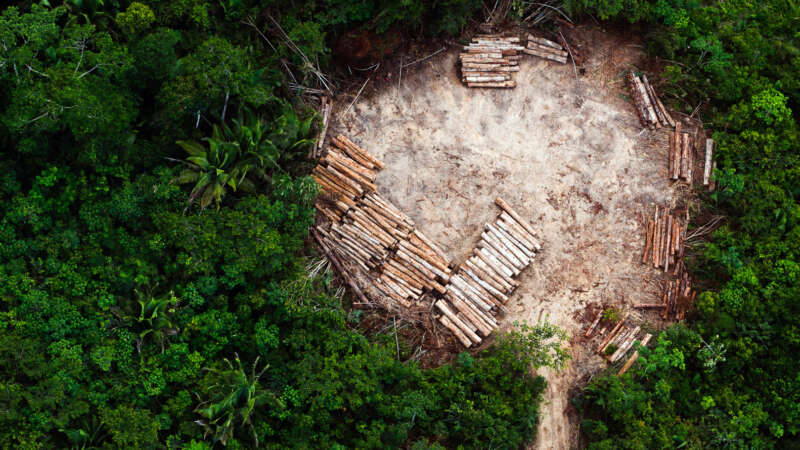Environment
Dr. Salim Abdulla: The Heart and Soul of Malaria Research
Dr. Salim Abdulla is a distinguished clinical epidemiologist whose remarkable career has significantly impacted the global fight against malaria and emerging pathogens. With over 20 years of experience in conducting clinical trials and groundbreaking research, he has played a pivotal role in shaping national malaria policies and leading innovations in healthcare.
Throughout his career, Dr. Abdulla has focused on evaluating and introducing critical interventions in the fight against malaria. He conducted extensive research on insecticide-treated bednets (ITNs) and artemisinin-based combination therapies, leading to important advancements in national malaria policy formulation. Notably, he is currently engaged in the evaluation of new malaria vaccines and treatments, with the goal of achieving regulatory licensure.
Malaria by the Numbers
According to the 2022 World Malaria Report, despite disruptions to prevention, diagnostic and treatment services during the pandemic, countries around the world have largely held the line against further setbacks to malaria control.
Good news:
Progress towards malaria elimination is increasing; in 2021, there were 84 malaria endemic countries compared with 108 in 2000.
The Economics of Malaria
In the 2022 World Malaria Report, compiled by the World Health Organization (WHO), the total spend on funding the fight of malaria in 2021 was estimated at USD 3.5 billion. Over that year, the same report states that there were an estimated 247 million cases of malaria and 619,000 malaria deaths globally.
More recently, over the course of the 20th Century, malaria is believed to have claimed between 150–300 million lives. The disease is contracted predominantly in the tropical regions: sub-Saharan Africa, Asia and the Amazon basin. This is due to the prevalence of the Anopheles mosquito that transmits the disease. Poorer regions of Africa bear the vast majority of the burden. In 2021, around 95% of the diagnosed cases and deaths were on the African continent, 80% of which were children under the age of five. The disease is entirely preventable and curable with prompt diagnosis and effective methods of treatment which require sufficient investment and funding.
How Climate Change is Spreading Malaria in Africa
Warming temperatures are chasing animals and plants to new habitats, sometimes with devastating consequences to ecosystems. But there is little evidence regarding how far and how fast the invaders might be moving.
A new study offers a glimpse of the future by looking to the past. Mosquitoes that transmit malaria in sub-Saharan Africa have moved to higher elevations by about 6.5 meters (roughly 21 feet) per year and away from the Equator by 4.7 kilometers (about three miles) per year over the past century, according to the study.
Daniel Beltrá: Capturing Earth’s Beauty and Humanity’s Impact
Daniel Beltrá, a Madrid-born photographer now calling Seattle, Washington, his creative haven; has a distinctive approach to his photography. His most captivating works are large-scale photographs taken from the air, providing viewers with a sweeping panorama of our world’s wonders and woes.
His unwavering passion for conservation can be seen from this elevated vantage point as he skillfully reveals the contrast of nature’s magnificence and humanity’s destructive footprint.
David Suzuki: Scientist, Broadcaster, Eco-Warrior
In the world of environmental activism, few names resonate as powerfully as that of David Suzuki. For decades, this Canadian scientist, broadcaster, and author has dedicated his life to championing the cause of environmental conservation and sustainability. With a career that spans over half a century, Suzuki’s relentless passion for the planet has made him an iconic figure in the global environmental movement.
Born in Vancouver, Canada, in 1936, David Suzuki’s early years were marked by a deep connection to nature. His Japanese-Canadian upbringing laid the foundation for his lifelong commitment to protecting the natural world. Suzuki’s career took flight as a geneticist, where his pioneering research on fruit flies contributed to our understanding of genetics. However, he soon realized that his scientific knowledge could be a powerful tool for environmental advocacy.
Deforestation 101
Forests cover about 30% of the planet, but deforestation is clearing these essential habitats on a massive scale. What is deforestation? Find out the causes, effects, and solutions to deforestation.
Deforestation’s Hidden Toll: Amplifying Disease Risk Worldwide
In the last couple of decades, the lush rainforest around the remote village of Meliandou in the heart of Guinea has become patchier. Animals, like bats, saw their habitats dwindle and in a quest for survival, they sought refuge in closer proximity to human environments, making the boundaries between species thinner. A hollowed-out tree in the middle of the village became home to a colony of bats.
About 50 meters from the same tree, in the heart of Meliandou, a two-year-old boy named Emile lived with his family. In a matter of days, Emile fell ill with an unknown virus, developed a high fever, and died. Soon the same virus, that scientists now believe Emile got from the bats, took the lives of his sister, mother, and grandmother. The village, surrounded by a ring of forest, unexpectedly became the epicenter of a devastating outbreak that would leave an indelible mark.
Mike Libby’s Retro-Futuristic Wonders
Mike Libby, a multi-disciplinary artist hailing from the scenic landscapes of Maine, has a portfolio of eclectic sculptures, models, collages, drawings, and installations that radiate meticulous craftsmanship and boundless conceptual curiosity.
Libby’s Insect Lab project, born out of a love for science fiction, natural history, and storytelling, has truly turned heads and captured imaginations. It is a marriage of preserved insects and meticulously crafted mechanical components – a series that blurs the lines between science fiction and science fact.

